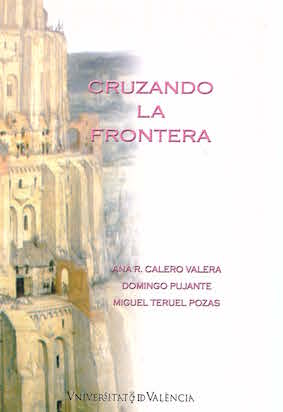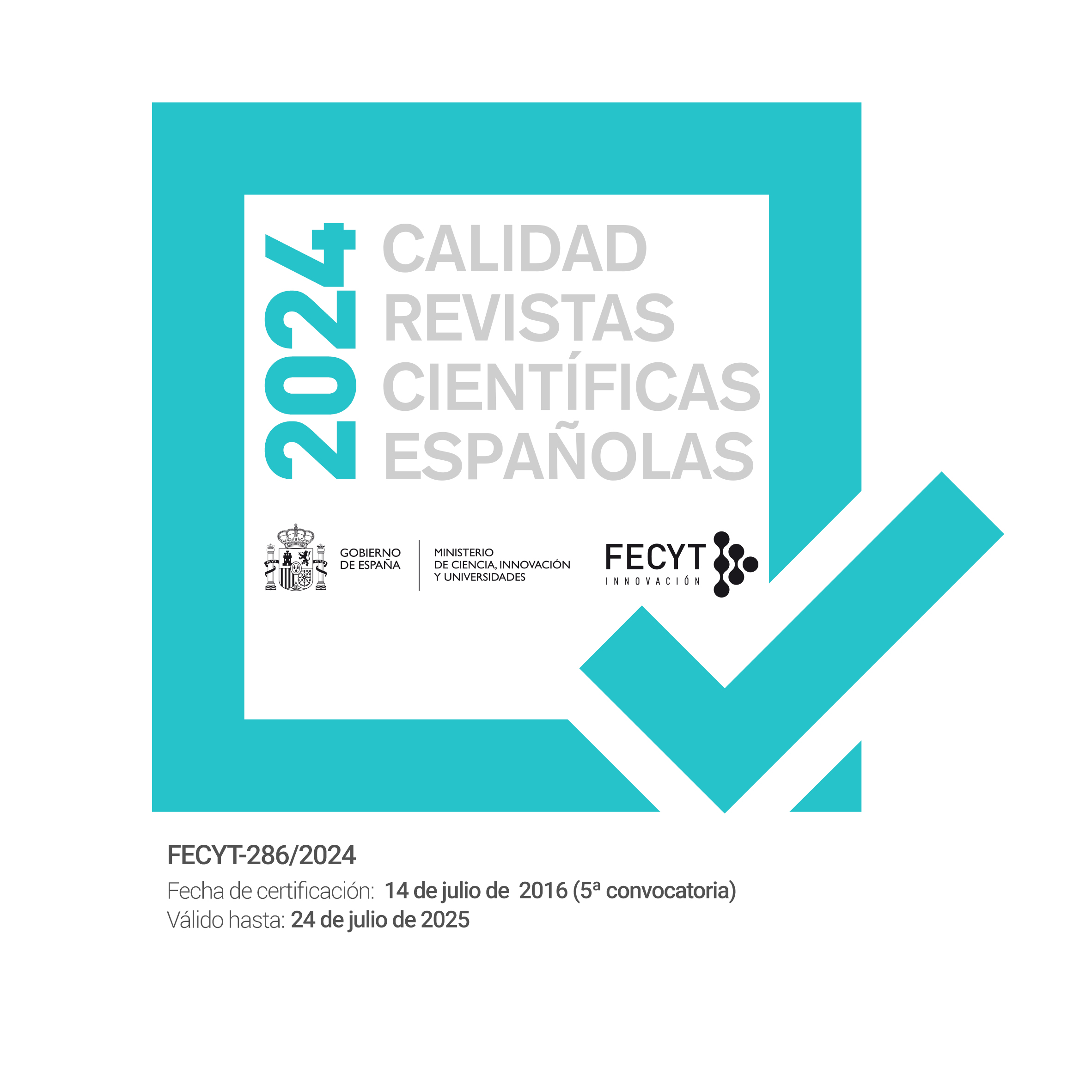‘Wer die Grenze überschreitet, steht draußen’: El artista en la literatura alemana en la frontera entre el arte y la realidad
DOI:
https://doi.org/10.7203/qf-elit.v12i0.5023Keywords:
Outsiderness, artist’s existence, Weltflucht, Romanticism, music Abstract
Abstract
With the autonomization of art at the end of the 18th century, the artist acquires a new social identity. He emancipates from the traditional social order, subject to external not subjective factors, and at the same time, the free market generalizes his dissociation from the social pyramid. On one side, the artist liberates himself from the institutionalized norms and behaviour and acts in an autonomous level, but on the other hand, he places himself in a situation of social indigence, isolation and poverty. This new autonomous art and the subjective freedom of the artist in society, run parallel to the representation of aesthetic subjectivity in literature, in which the artist shows himself in his most problematic facet, separated from his environment.
 Downloads
Downloads
Downloads
Published
How to Cite
-
Abstract198
-
PDF (Español)219
Issue
Section
License
 Este obra está bajo una licencia de Creative Commons Reconocimiento-NoComercial-SinObraDerivada 4.0 Internacional.
Este obra está bajo una licencia de Creative Commons Reconocimiento-NoComercial-SinObraDerivada 4.0 Internacional.
Authors who publish with this journal agree to the following terms:
- Authors retain copyright and grant the journal right of first publication with the work simultaneously licensed under a Creative Commons Attribution License that allows others to share the work with an acknowledgement of the work's authorship and initial publication in this journal.
- Authors are able to enter into separate, additional contractual arrangements for the non-exclusive distribution of the journal's published version of the work (e.g., post it to an institutional repository or publish it in a book), with an acknowledgement of its initial publication in this journal.
- Authors are permitted and encouraged to post their work online (e.g., in institutional repositories or on their website) prior to and during the submission process, as it can lead to productive exchanges, as well as earlier and greater citation of published work (See The Effect of Open Access).




